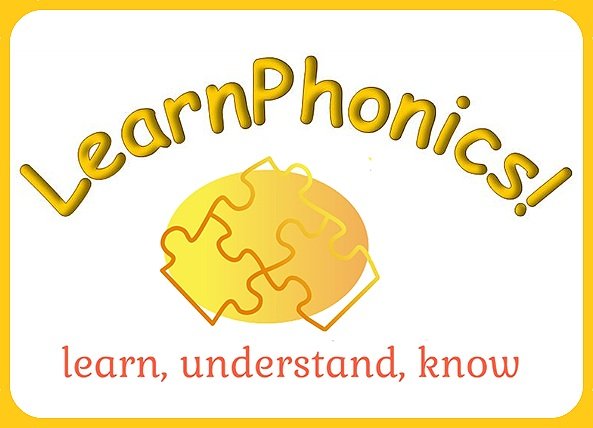LearnPhonics! is a complete, ready-to-teach, multisensory, synthetic phonics programme designed for whole-class teaching in EYFS and KS1.
With interactive slides and concise weekly planning, it provides a consistent and user-friendly approach that reduces workload while keeping lessons dynamic. Whether you're a new teacher or an experienced practitioner, LearnPhonics! gives you everything you need—no extra prep, no printing overload, and no fuss.
What is LearnPhonics?
Includes:
440 lessons spanning over 86 weeks
Daily planning for Phases 1-6
Daily interactive PowerPoint slides to accompany each lesson
Guidance manual and pre-recorded training videos
Weekly parent handouts/homework
Common Exception Word resources
Letter formation resources
Assessment resources for every half term (roughly every 6 weeks)
Formatted Excel spreadsheets for recording and analysing data
Intervention planning (Keep Ups)
Downloadable resources such as flashcards, displays, worksheets etc.
20% discount with Junior Learning Decodable Readers
Explore the scheme!
Explore planning and resources from LearnPhonics! to see how it would work in your setting



